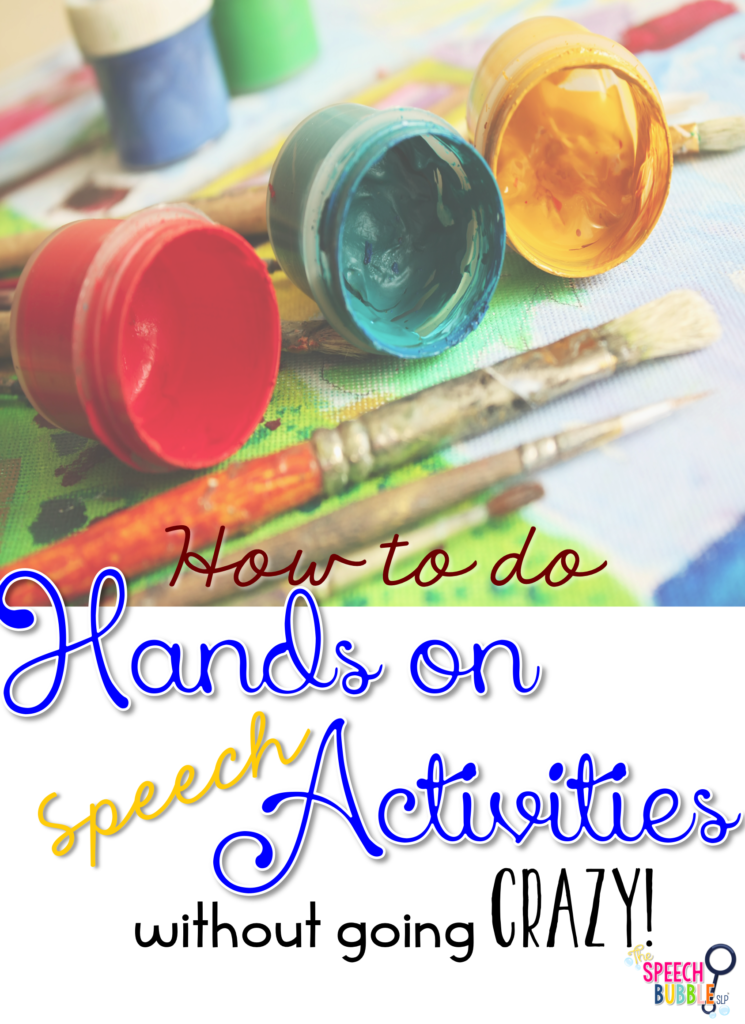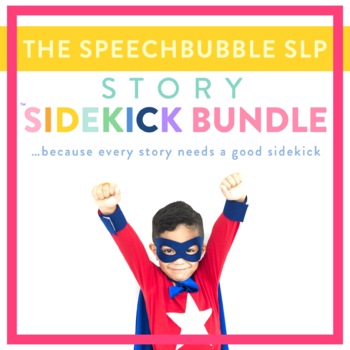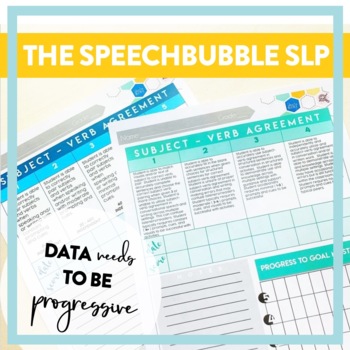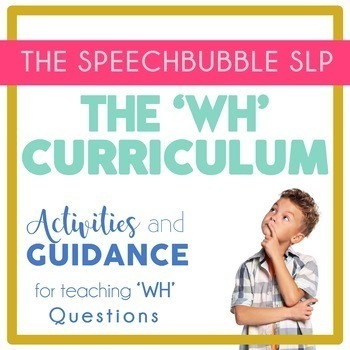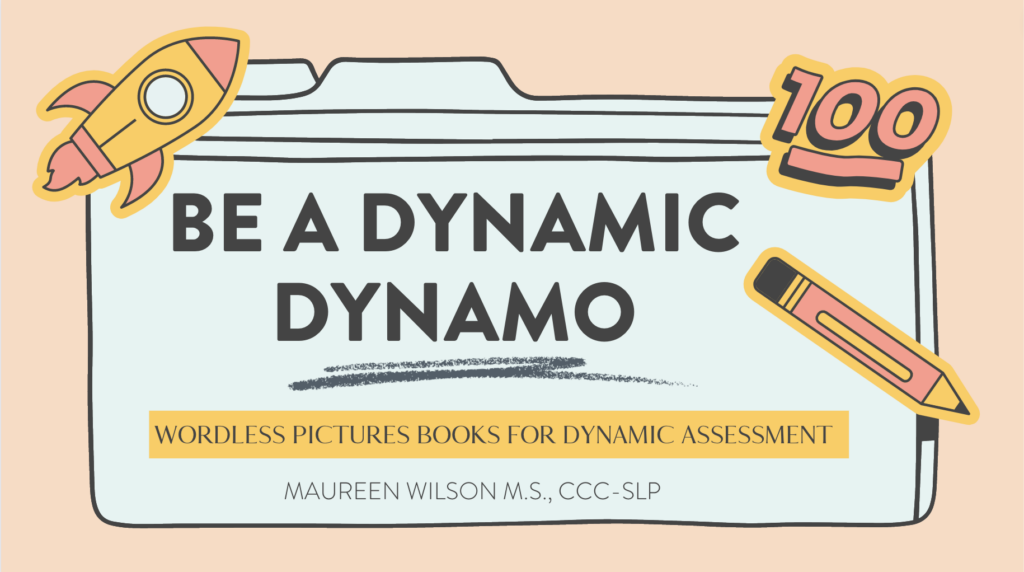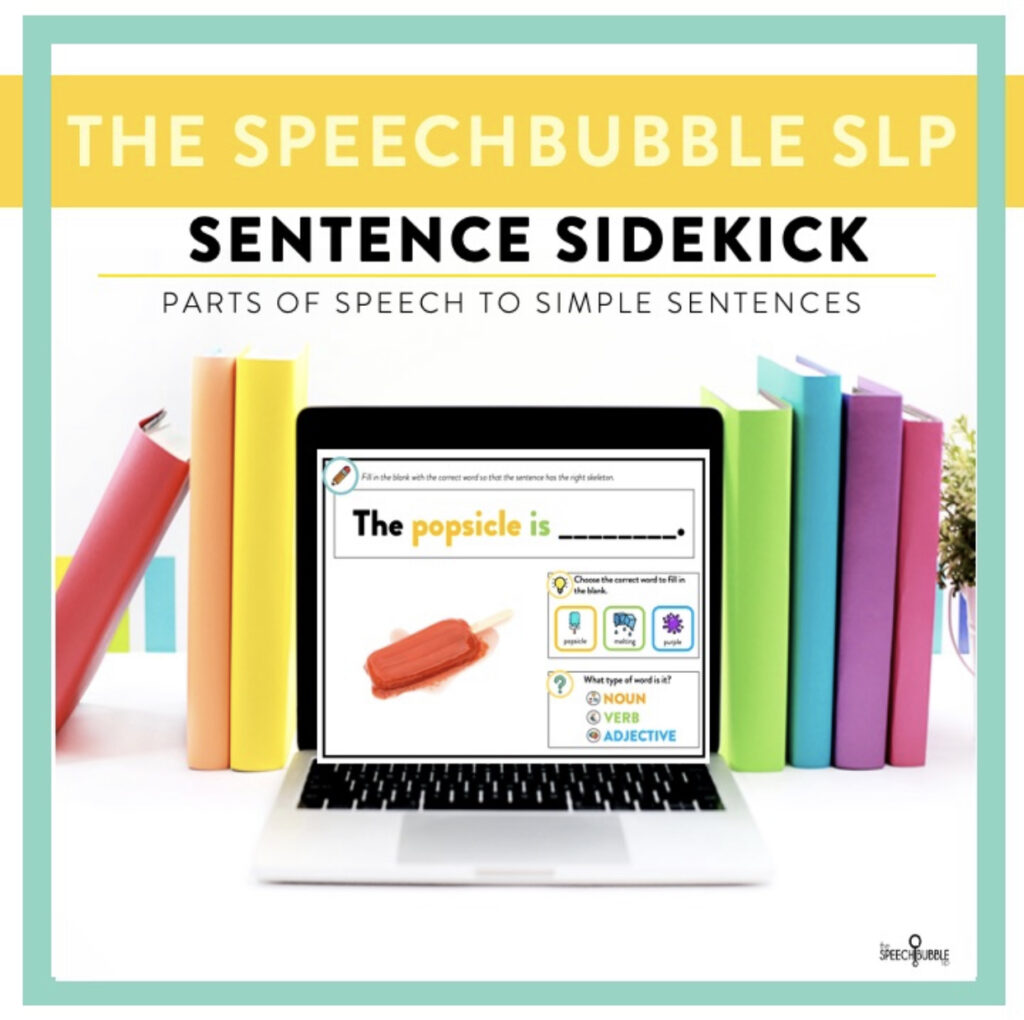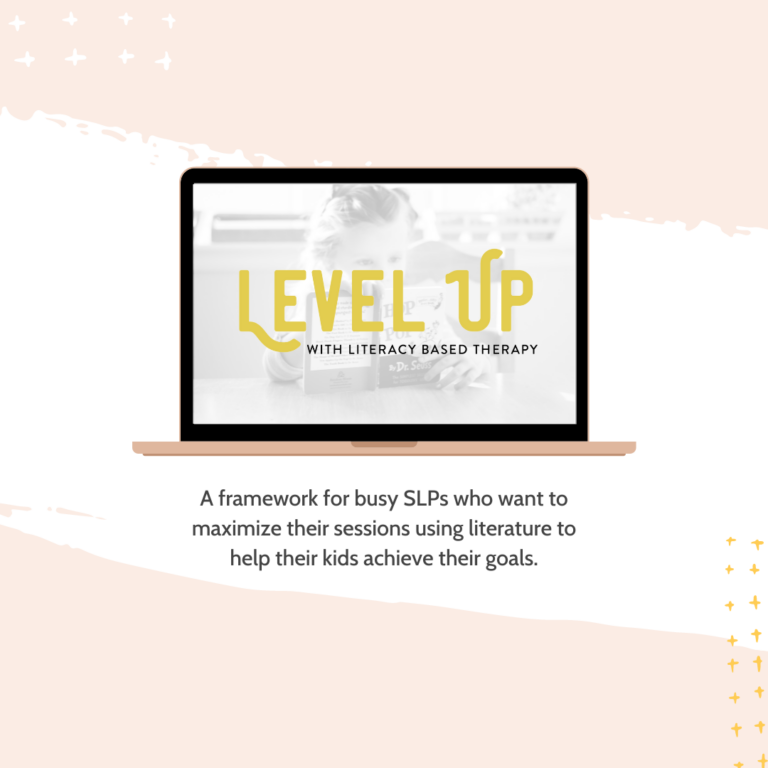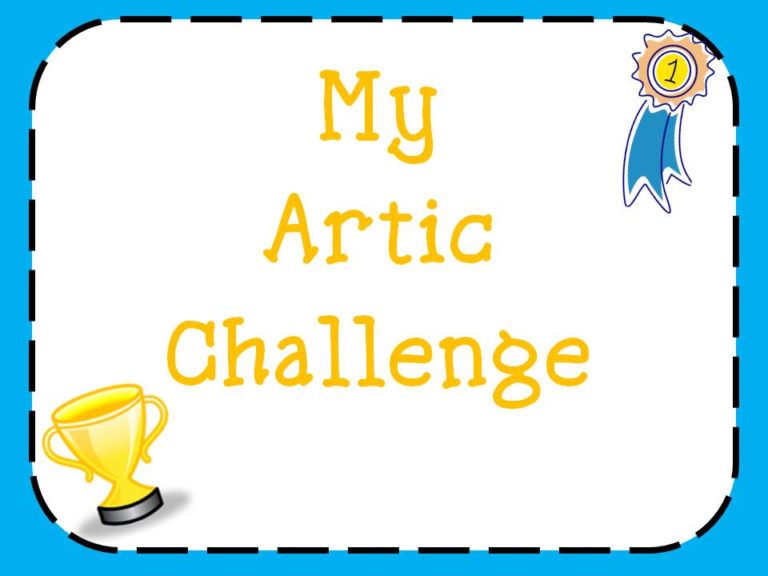Hands on and crafty activities are wonderful for speech and language development! They engage different senses, target multiple goals, and they are also super fun for you and your students! But let’s face it they can be messy, take up time, and take up valuable space! So how can you do hands on activities without going crazy? Don’t worry, I’ve got you covered.

1. Set a specific ‘Get messy space’

This has helped sooo much! Before I had a designated ‘messy space’ I used the kidney table that I did all my therapy at. This meant having to clean the table, put away the materials, and get set up for the next student all in about 5 minutes. By having a set space for hands on, crafty activities it will keep your main space clean and tidy and contain the mess. An idea if you have limited space: use a sledding saucer ( you know, those round sleds that some kids use in winter that look like giant a contact lens.)
2. Prep your space

Prep your ‘messy space’. I found disposable table cloths to be the best when it comes to clean up and disposal. You can simply collect everything into the table cloth and toss it when your done or ready for a new one. Also, have paper towels and news paper on hand.
3. Contain your space

Keep all your ‘messy supplies’ in one place. I keep them on my table. I have set glue sticks and crayons for crafty tasks. I also keep thin paper plates, foil, scissors, and anything else I may use on the table too. This way I don’t always have to set up for activities, everything is always ready to go ( with the exception of the specific items I may need for the day.
I would love to see your crafty space so feel free to share a picture in the comments!








